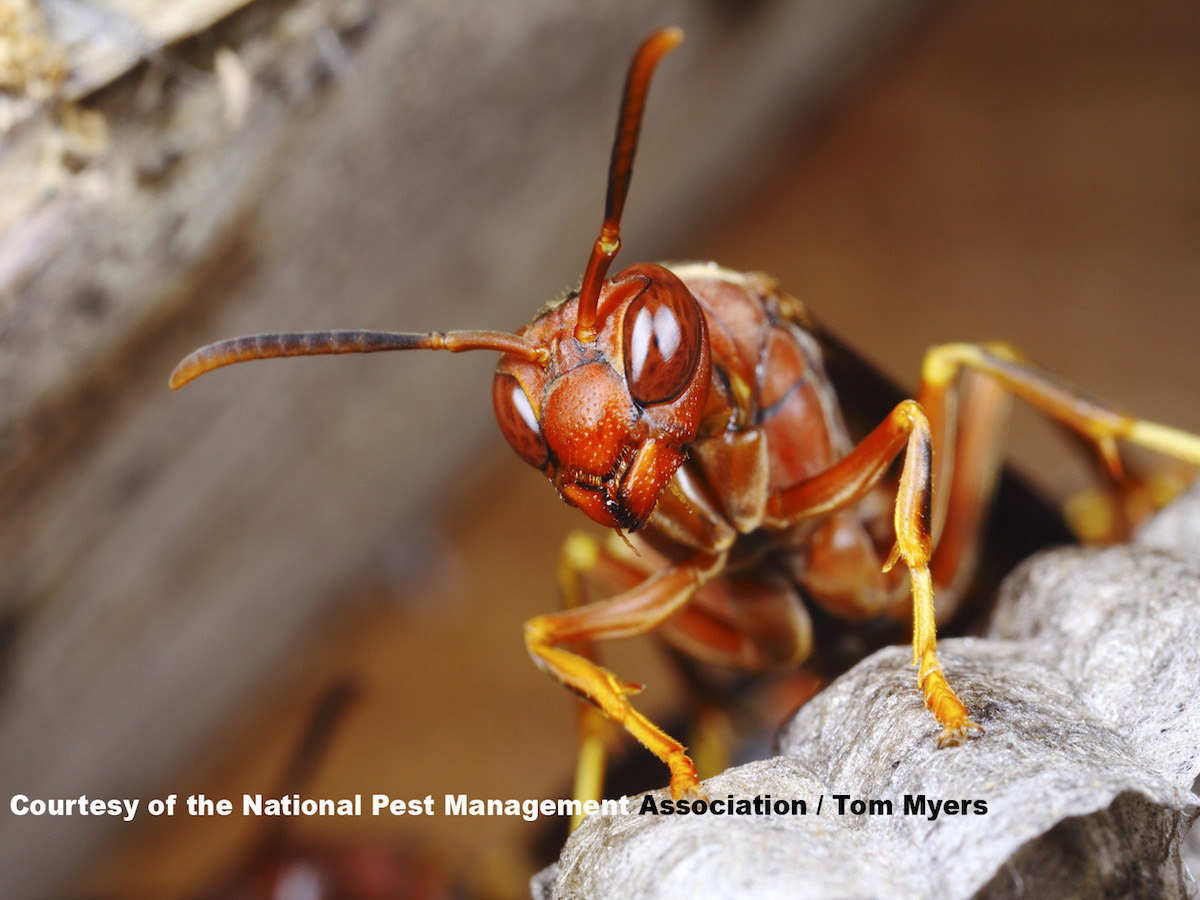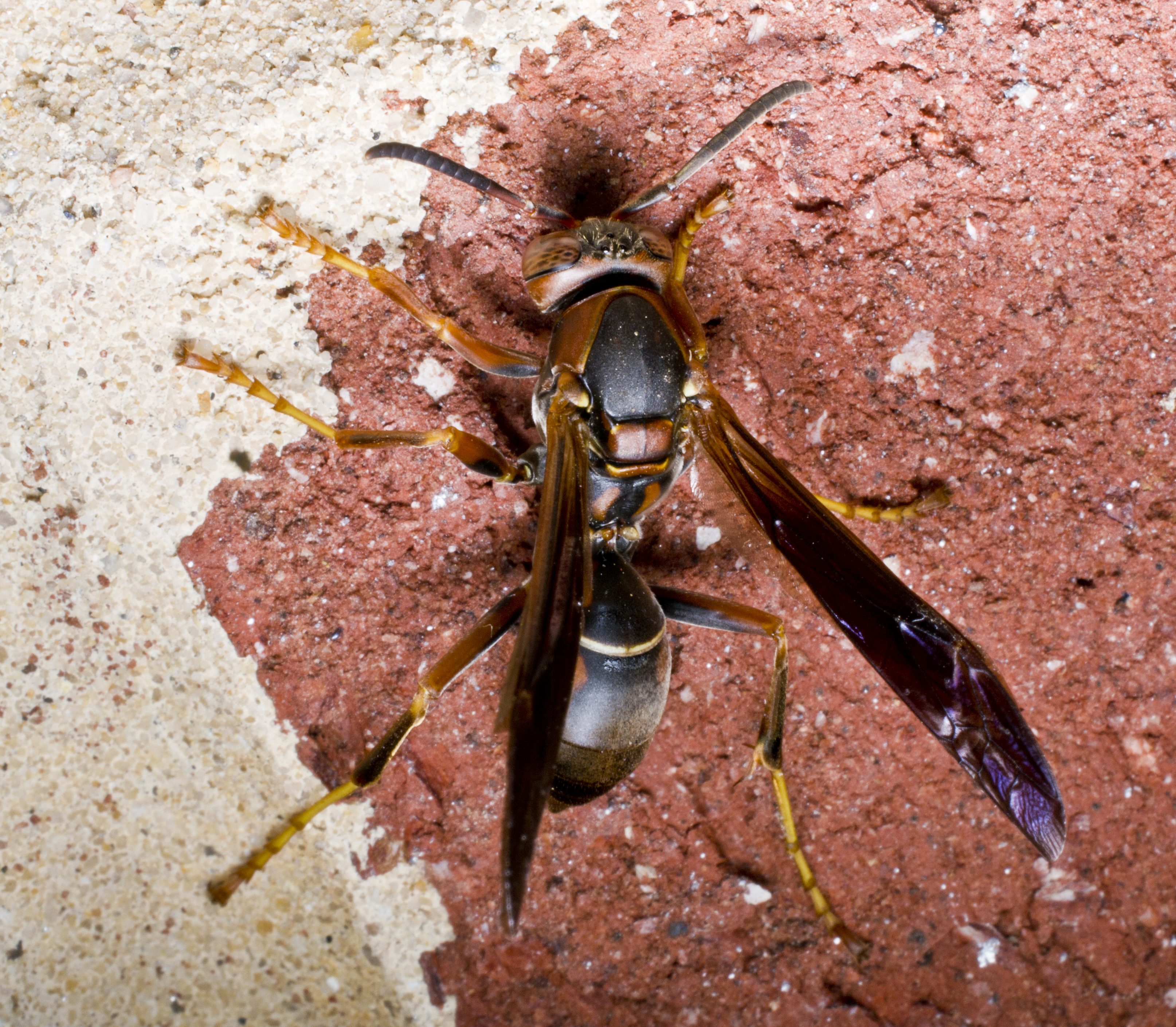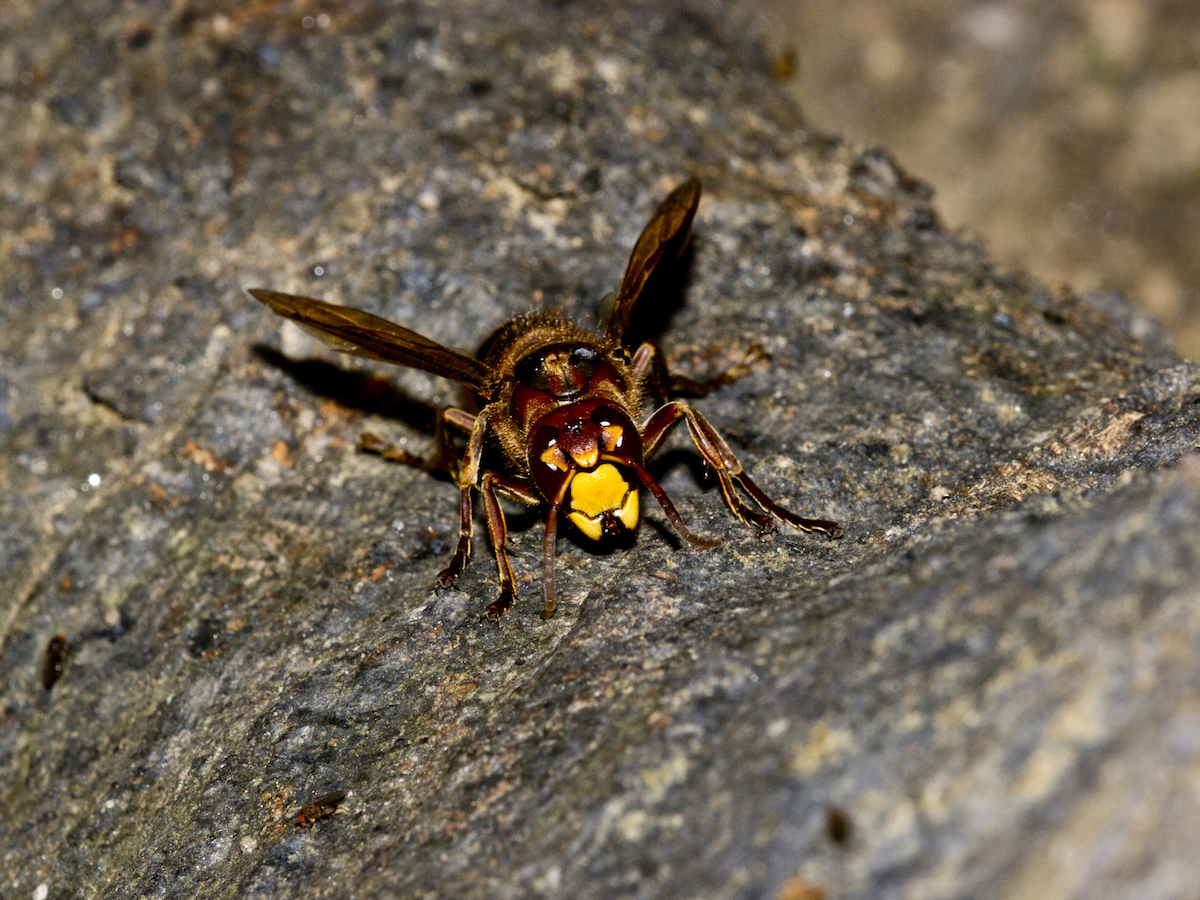Velvet Ants Dasymutilla occidentalis
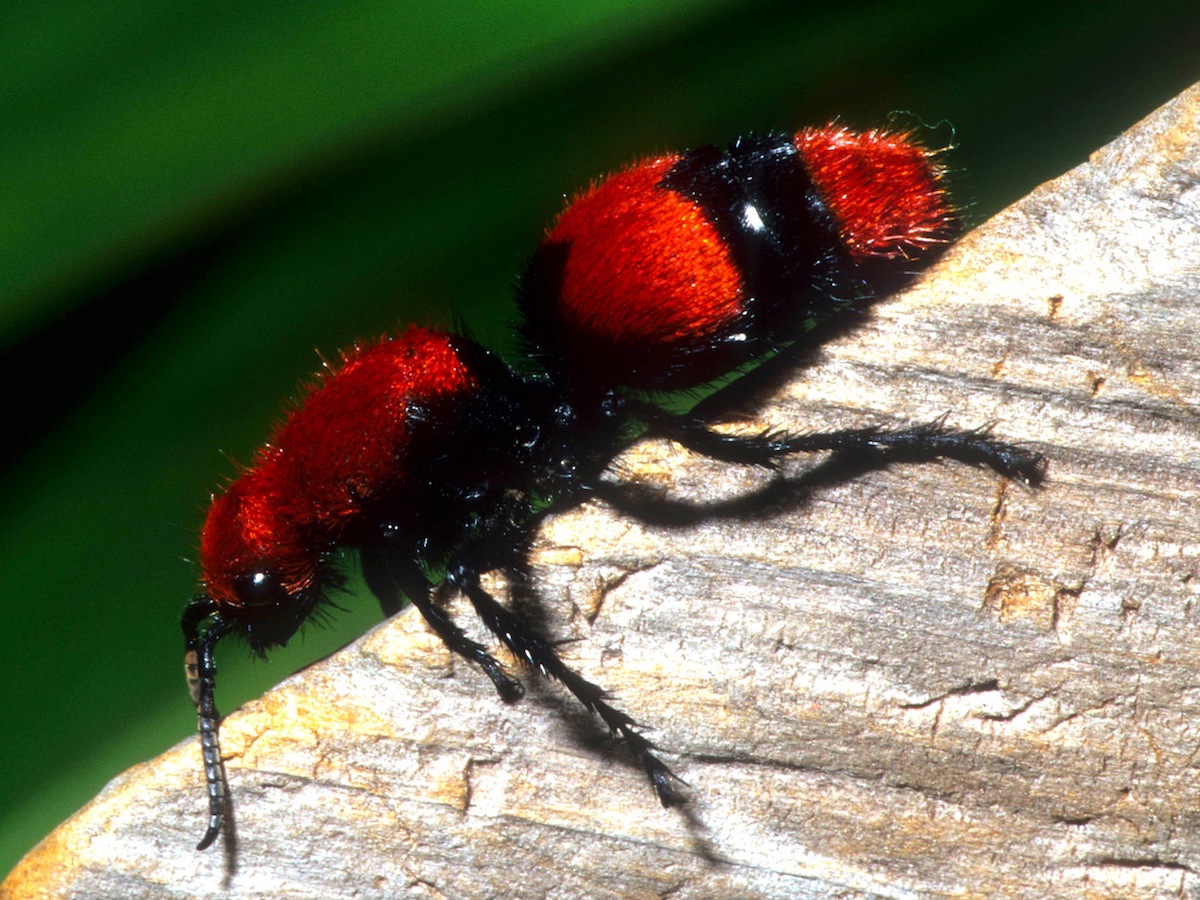
Red Velvet Ants Identification
Color: Black, with areas of very bright red, orange, yellow or white
Size: 1/8 – 7/8” (3-23 mm)
Legs: 6
Antennae: Yes
Shape: Females – wingless, can look like a red and black ant Males – winged, wasp-like
Region: Found throughout U.S.
What is a velvet ant?
Although commonly referred to as the cow killer ant or red velvet ant, this insect is actually a wasp. They get the "velvet" part of their name from the fuzziness of the females, which are wingless and often brightly colored, appearing like a red and black ant.
The powerful red velvet ant sting is what has led them to be nicknamed “cow killers”.
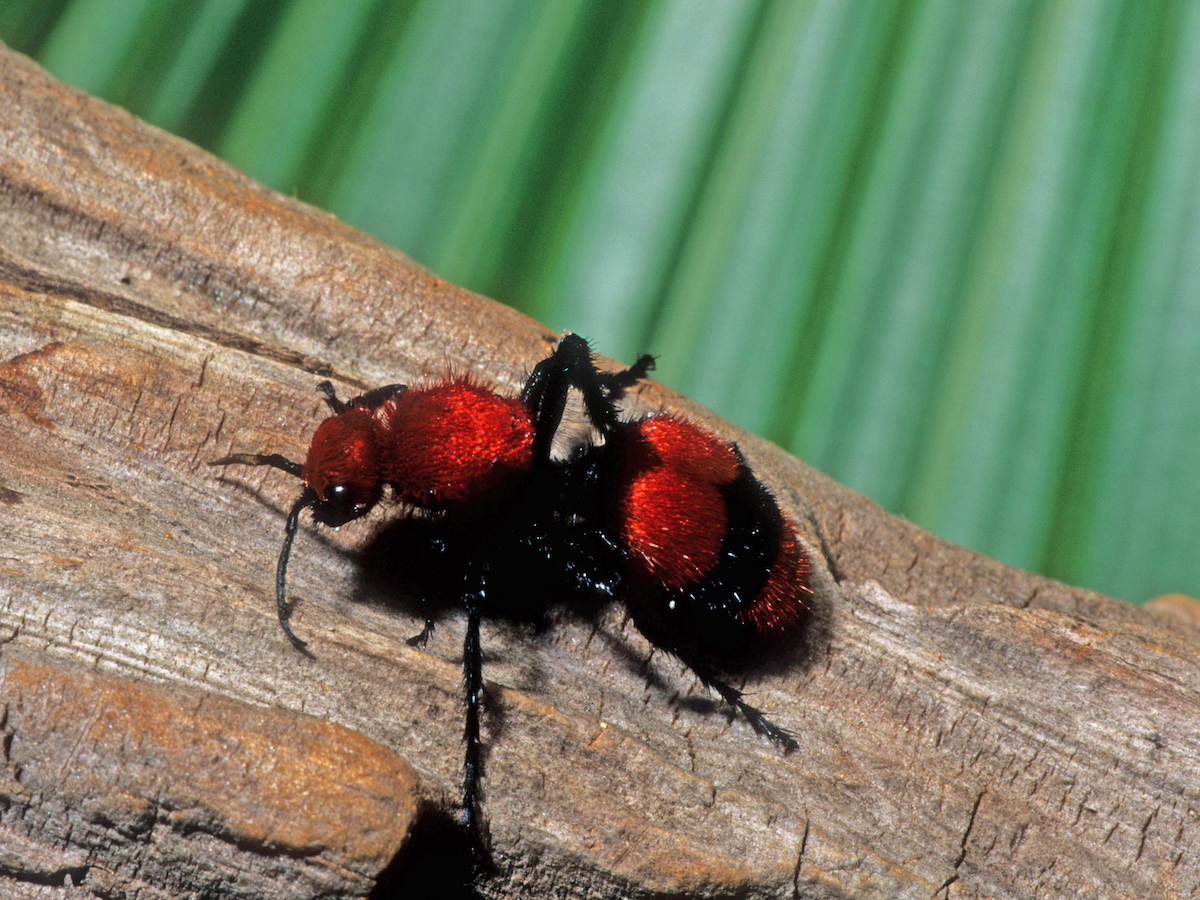
What do velvet ants look like?
Velvet ants are typically black, with areas of very bright red, orange, yellow or white. Females are wingless while males have wings.
Female cow killer ants are also typically seen running somewhat erratically on the ground, especially on bare or sandy areas in the warm summer months. These pests will occasionally enter structures for insect prey. Male velvet ants are often found on flowers, although some species are nocturnal.
Female cow killer ants dig into the nesting chambers of ground-nesting bees and wasps and lay their eggs on the larvae inside. When the immature velvet ant is born, it eats its host and then spins its cocoon within the pupal case of its host.
Not only do red velvet ants sting, but female red velvet ant stings are very potent and have earned them the nickname "cow killer ant" because of the myth that the sting is so painful it could kill a cow. While the sting is painful, the venom is not very toxic. Like most stinging insects, velvet ants rarely sting unless provoked. Males do not sting.
Most red velvet ant stings result in a limited local reaction with pain and swelling. If you’re stung, look for a small black dot at the sting site. If there’s one there, carefully remove it by swiping a hard object like a credit card over the area. The stinger can take 2-3 minutes to release all its venom, so removing it quickly can reduce the severity of the sting.
Once the stinger is removed, clean the area with soap and water and apply ice. Benadryl and over the counter 1% hydrocortisone ointment can help calm the reaction. Consider taking a pain reliever as needed.
Red velvet ants are solitary and usually found only one at a time. To avoid these stinging ants, contact a pest management professional to safely remove any cow killer ants found in your home.
If you suspect a velvet ant infestation in your home, the best course of action is to contact a licensed pest control professional. They will conduct a thorough inspection to identify the full extent of the problem. Once the situation is properly identified, the appropriate control measures can be taken.
You can find a certified pest professional near you with the helpful zip code search below.


